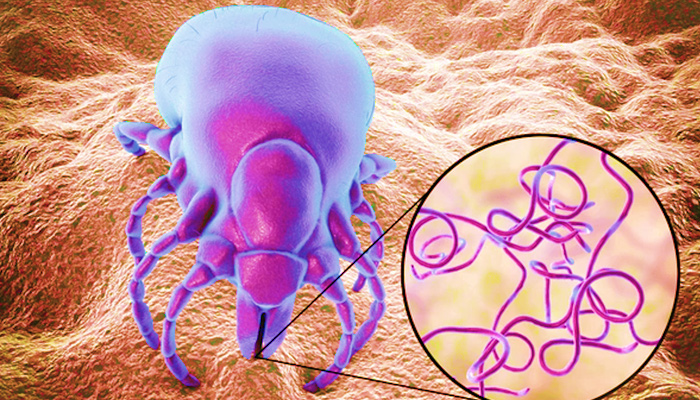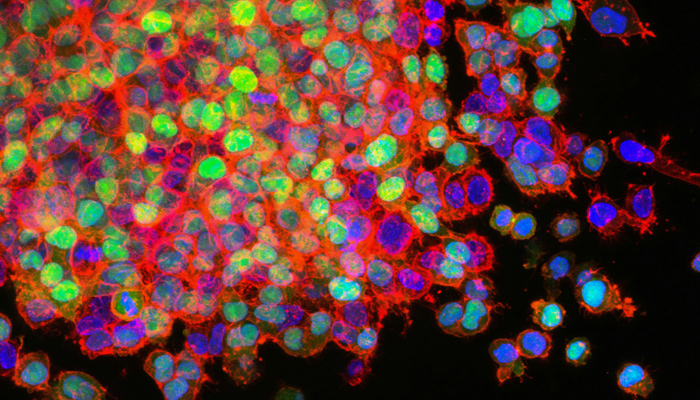Bleeding Edge & Game Changers
BLEEDING EDGE & GAME CHANGERS: QUICK LINKS:
Boy with Rare Condition Amazes Doctors After World-first Gene Therapy
A three-year-old boy has astounded doctors with his progress after becoming the first person in the world with his devastating disease to receive a ground-breaking gene therapy.—Professor Simon Jones, who is co-leading the trial, tells the BBC: “I’ve been waiting 20 years to see a boy like Ollie doing as well as he is, and it’s just so exciting.”
Pioneering Gene Therapy Restores UK Girl’s Hearing
The treatment developed by Regeneron is showing remarkable success.—Opal Sandy, treated shortly before her first birthday, can now hear unaided after receiving the innovative therapy. This advancement offers hope for similar interventions in other cases of congenital deafness.
Tiny Changes, Big Impact
Vytalize Health has achieved astronomical growth by transforming how healthcare providers care for Medicare patients.—By focusing on small, impactful changes like addressing patients’ social needs and improving Medicare care management, Vytalize Health empowers physicians to deliver better care while cutting costs.
4 Out of 5 Autoimmune Disease Patients Are Women
A new study offers an explanation—The way female cells handle their second X chromosome might make women more susceptible to autoimmune diseases like lupus and multiple sclerosis. The study identified a molecule called Xist, which silences the extra X chromosome, as a possible trigger for immune system imbalances that lead to these conditions, shedding light on the “female bias” observed in autoimmune disorders.
Seeking a Sickle Cell Cure
A groundbreaking gene therapy offers new hope for patients—A 12-year-old boy who suffers debilitating pain because of sickle cell disease has become the first patient in the U.S. to undergo a newly approved gene therapy aiming for a cure to the debilitating blood disorder.
Research Shows Massive Biomolecular Shifts occur in our 40s and 60s
According to a new Stanford Medicine study, time marches on predictably, but biological aging is anything but constant.—“We’re not just changing gradually over time; there are some really dramatic changes,” said Michael Snyder, PhD, professor of genetics and the study’s senior author. “It turns out the mid-40s is a time of dramatic change, as is the early 60s. And that’s true no matter what class of molecules you look at.”
Brain Tech Breakthrough Restores ALS Patient’s Ability to Speak
From computer mouse control to direct speech synthesis: Will physical intervention to repair paralysis be next?—“His ability to converse stems from 256 tiny electrodes that researchers from the University of California, Davis, implanted in his brain in an almost five-hour surgical procedure last summer.”















